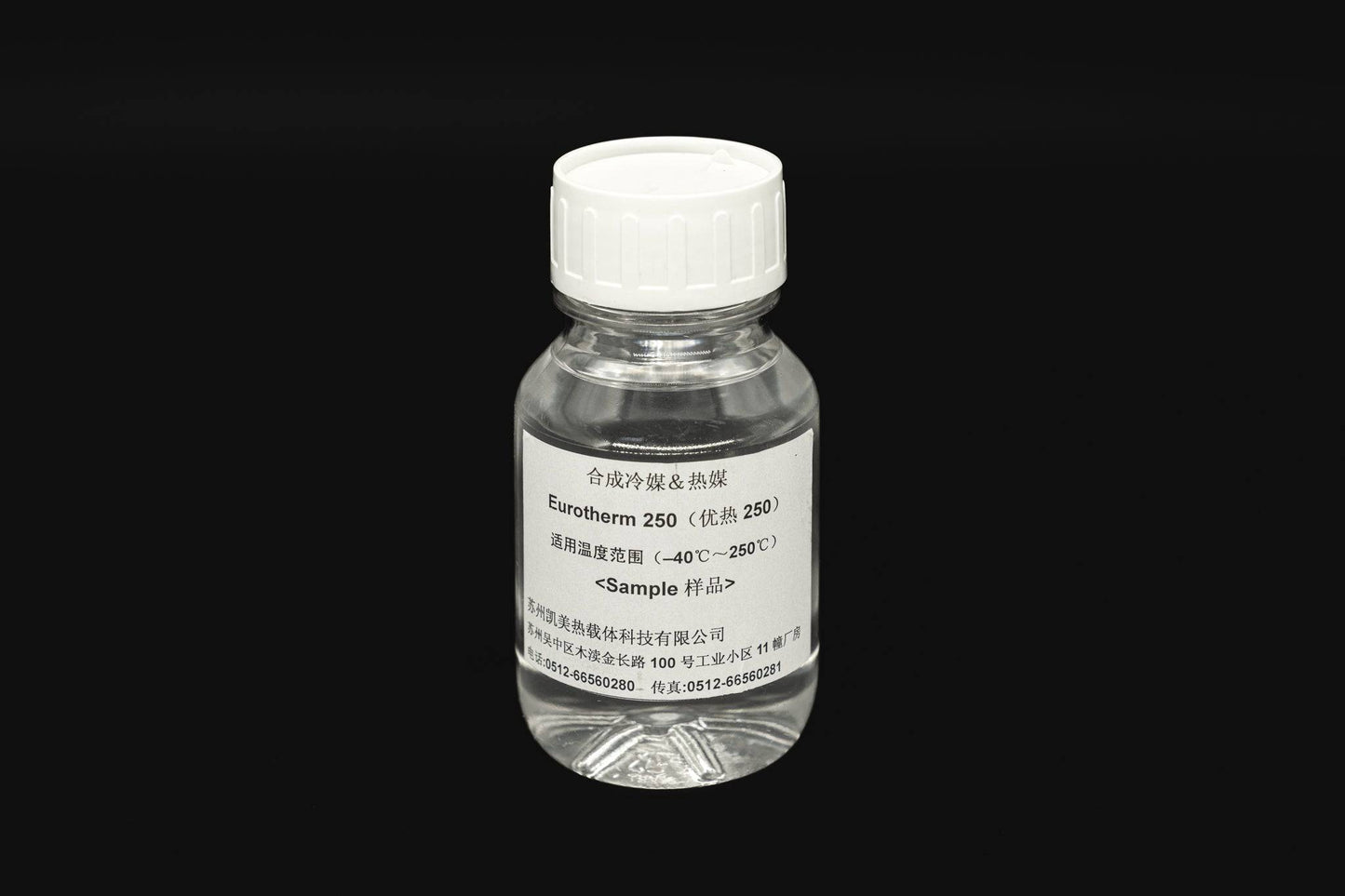Chemie Can Be Fun For Everyone
(https://chemie999.bandcamp.com/album/chemie)Calculated modification in electrical conductivity of liquid examples as a function of time when mixed with the material sample in the shut indirect cooling loop experiment. Number 6 shows the change in the gauged electrical conductivity of the liquid samples when mixed with the material sample. The conductivity of the water example from the closed loophole experiment minimized by around 70% from 11.77 S/cm to 3.32 S/cm in six hours.
These outcomes indicated that the ability of the resin depends on the examination fluid made use of for the experiment. This shows that various ions present in the liquid will cause different ion exchange ability of the fluid. Determining the ion exchange resin capability with the fluid sample from the real cooling loop is vital.
A Biased View of Chemie
An ion exchange material cartridge containing 20g of Dowex mixed bed resin may take on order 938 days to fill - dielectric coolant. To put it simply, to preserve a reduced electric conductivity, a material cartridge with the measurement and weight requirements as that of the material cartridge made use of in the experiment, require to be changed every 30 months for the cooling system that was used in the experiment
The cooling of electronic parts has actually come to be a significant challenge in recent times because of the innovations in the style of faster and smaller sized components. Consequently, various air conditioning technologies have actually been established to effectively eliminate the warm from these parts [1, 2] The use of a fluid coolant has actually come to be eye-catching as a result of the greater warm transfer coefficient achieved as compared to air-cooling.
The Basic Principles Of Chemie
A single stage cooling loophole consists of a pump, a warmth exchanger (cold plate/mini- or micro-channels), and a warmth sink (radiator with a fan or a liquid-to-liquid warmth exchanger with chilled water air conditioning). The heat resource in the electronics system is connected to the heat exchanger. Fluid coolants are also utilized in two-phase systems, such as warmth pipes, thermo-siphons, sub-cooled boiling, spray air conditioning, and direct immersion systems [2, 4]
The requirements might vary depending on the type of application. Adhering to is a list of some basic needs: Good thermo-physical residential properties (high thermal conductivity and specific warm; reduced thickness; high concealed warmth of dissipation for two-phase application) Low freezing factor and ruptured factor (sometimes burst security at -40 C or reduced is needed for shipping and/or storage functions) High climatic boiling factor (or reduced vapor stress at the operating temperature) for single stage system; a narrow preferred boiling factor for a two-phase system Excellent chemical and thermal security for the life of the electronics system High flash factor and auto-ignition temperature level (in some cases non-combustibility is a demand) Non-corrosive to products of building and construction (metals as well as polymers and other non-metals) No or very little regulative restraints (eco-friendly, nontoxic, and perhaps biodegradable) Economical The finest electronics coolant is an inexpensive and nontoxic fluid with excellent thermo-physical homes and a long service life.
The Ultimate Guide To Chemie
The majority of these fluids have a non-discernible smell and are harmless in case of call with skin or consumption. As discussed before, aliphatic PAO-based liquids have changed the silicate-ester fluids in a variety of army electronic devices (and avionics) cooling applications in the last years. One more course of prominent coolant chemistry is dimethyl- and methyl phenyl-poly (siloxane) or typically referred to as silicone oil.
Of all, these fluids are non-combustible and safe. Some fluorinated compounds have absolutely no ozone diminishing possible and other ecological homes.
Ethylene glycol is anemic and virtually odorless and is totally miscible with water. When effectively prevented, it has a reasonably low corrosivity. This coolant is identified as toxic and must be taken care of and disposed of with care. The high quality of water made use of for the preparation find out here now of a glycol service is really important for the system.
The Best Guide To Chemie

This is a reduced price antifreeze solution, finding use in refrigeration services and ground resource warmth pumps - heat transfer fluid. This fluid can be utilized down to -40 C owing to its fairly high price of warmth transfer in this temperature level array.
It is thought about more hazardous than ethylene glycol and consequently has located usage only for process applications situated outdoors. Methanol is a combustible fluid and, as such, introduces a potential fire hazard where it is saved, took care of, or made use of. This is an aqueous service of denatured grain alcohol. Its main benefit is that it is non-toxic.
A Biased View of Chemie
As a flammable liquid, it calls for particular precautions for taking care of and storage. Aqueous services of calcium chloride find wide use as distributing coolants in food plants. The main applications of these liquids are in the food, beverage, drugs, chemical and weather chamber applications, just recently these liquids have been explored for single-phase convection cooling of microprocessors.
Comments on “How Chemie can Save You Time, Stress, and Money.”